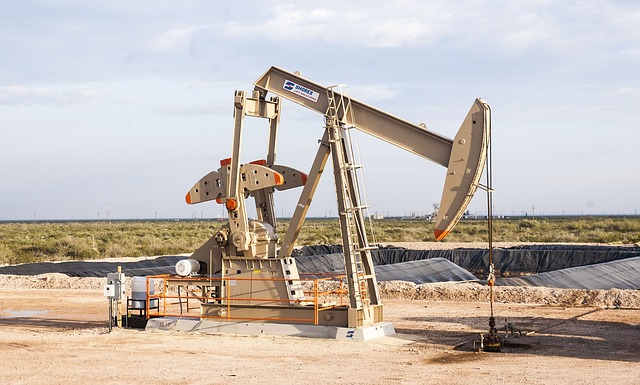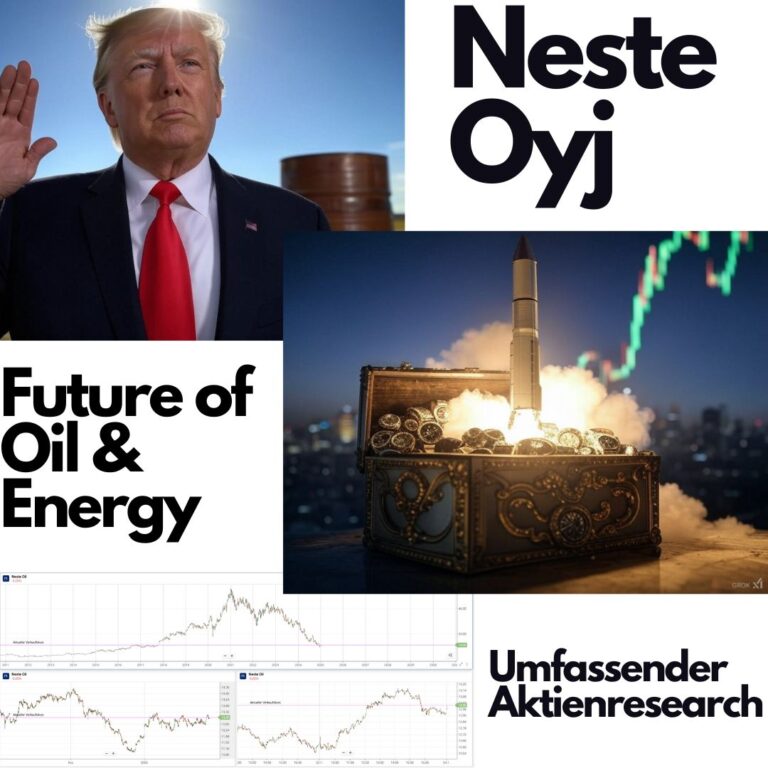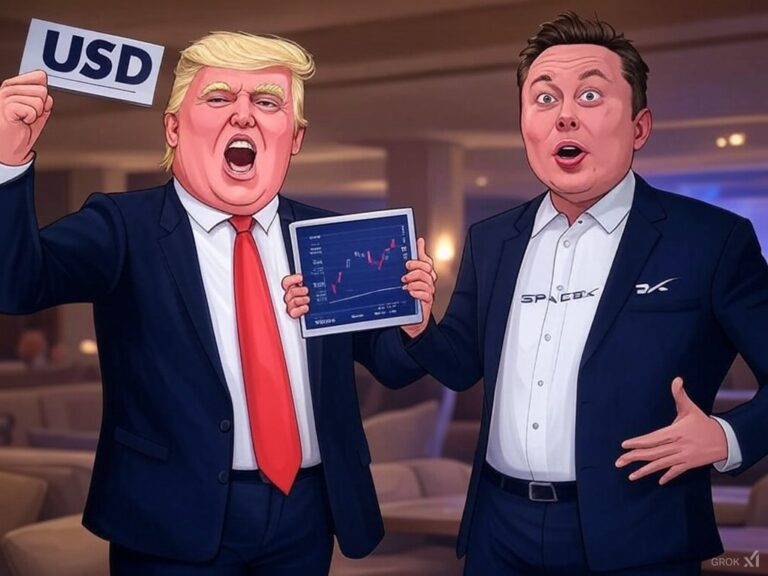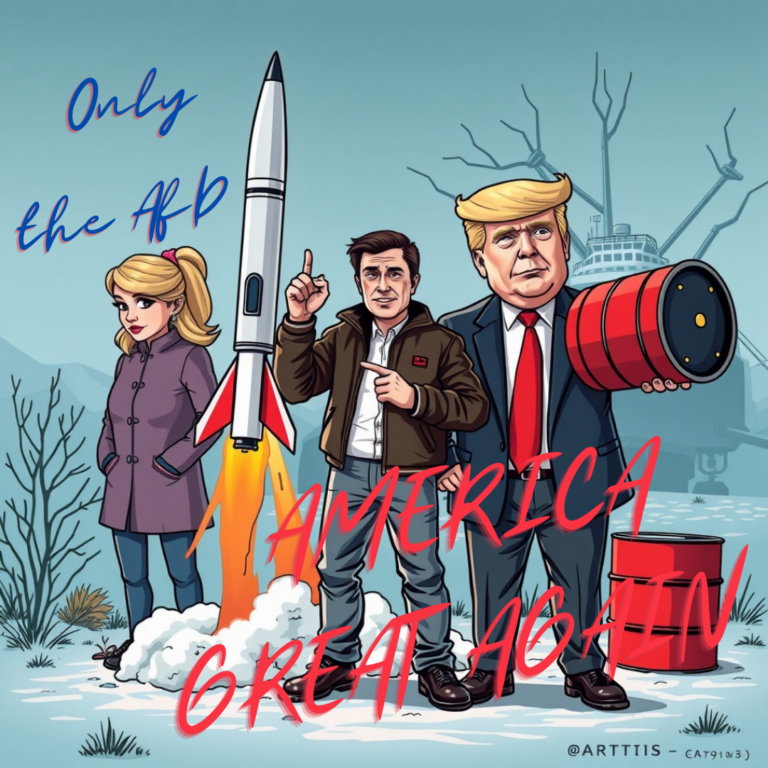Alternative energies are becoming increasingly important in times of climate change. It is therefore no wonder that the focus of investors is also shifting more and more to investments in this area. But crude oil is and will remain the backbone of the global energy supply despite the intended change in global climate policy.
Nothing and no one can do without the so important raw material. Basically, it is always problematic when a certain raw material becomes scarce and shortages occur. In the case of crude oil, however, the situation then becomes directly fatal. Oil and gasoline would become more expensive for everyone and countless industries would be paralyzed.
Crude oil therefore has a very special significance among all raw materials. This is reinforced by the fact that oil cannot be produced everywhere. Trading crude oil can therefore be very rewarding. But investors interested in investing in crude oil should first know a few basic things about this commodity.
Different types of oil
There are different grades of crude oil, which differ in composition. Therefore, there are also different ways in which the crude oil grades in question can be processed.
There are really only two grades of interest for direct investments in oil: Light Sweet Crude, also known as West Texas Intermediate or WTI, and North Sea Brent Crude (also Brent Crude Oil).
There are often price differences between these two main varieties. But the price movements are mostly identical.
Unit of measurement for crude oil
In the past, crude oil was transported in barrels. The official unit of measurement is still based on it today. The unit of measurement „barrel“ (barrel) is equal to 159 liters of crude oil.
Base currency in crude oil
Like all commodities, crude oil is generally settled in U.S. dollars. A universally applicable base currency ensures that producers, from conveyors to refineries to the entire logistics chain, can calculate and compare in a uniform manner.
Long-term price development and trading options
In the 1970s, it was still assumed that oil reserves would dwindle, but that demand would rise steadily and that the price of oil could therefore only increase in the long term.
In retrospect, however, this turned out to be a fallacy. Today, we know that there are far more oil reserves than was assumed at the time, so there is no reason to fear that oil reserves will run out for decades to come.
If we look at the development of crude oil prices over the last twenty-five years, we can see that the price, both upward and downward, has always been subject to major fluctuations. Trading crude oil can therefore be extremely lucrative.
Trading with crude oil is not only very diverse possible, but also quite simple. You can choose from all types of derivatives, starting with futures and options, CFDs and warrants up to certificates or ETFs.







